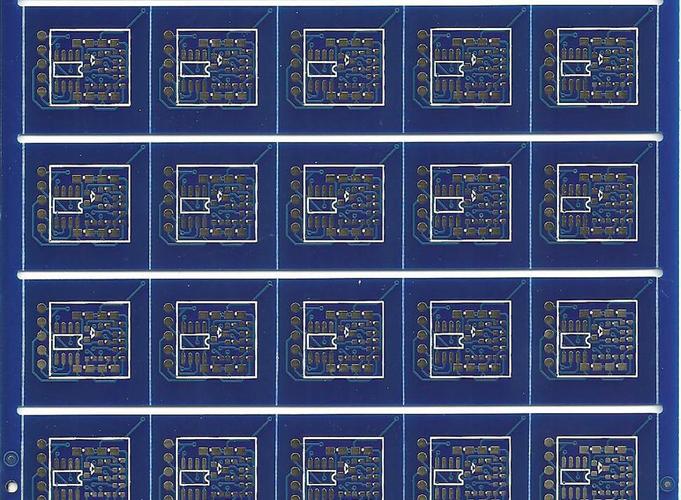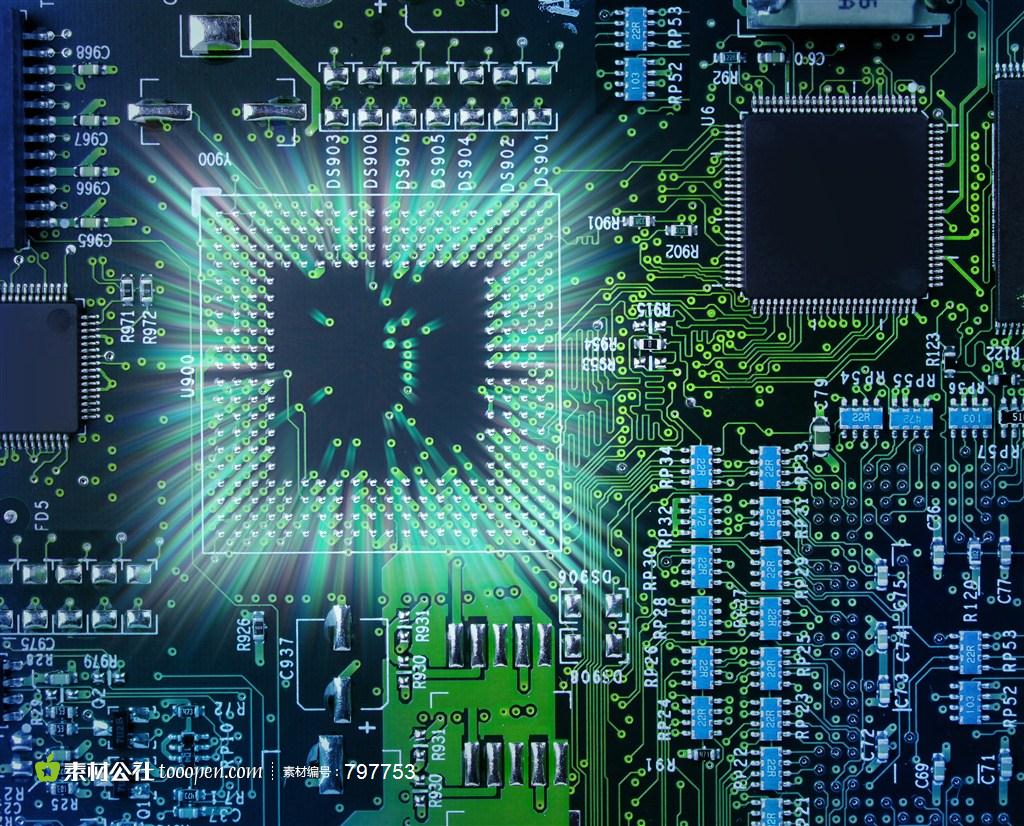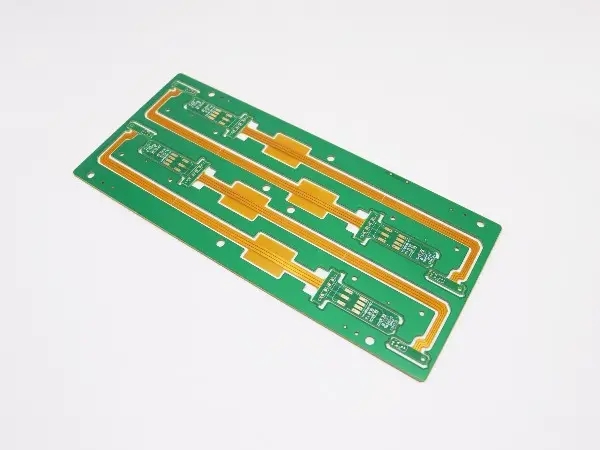
Detailed explanation of the technical realization process of PCB copying
To put it simply, first scan the circuit board to be copied, record the detailed position of the components, then disassemble the components to make a bill of materials (BOM) and arrange material procurement, then scan the blank boards into pictures and restore them to PCB board drawing files after being processed by the board copying software, and then send the PCB files to the plate making factory to make boards. After the boards are made, weld the purchased components to the made PCB boards, Then it can be tested and debugged by the circuit board.
The specific technical steps are as follows:
The first step is to get a PCB. First, record the models, parameters and positions of all components on the paper, especially the directions of diodes, triodes and IC notches. It is better to take two photos of component positions with a digital camera. Many pcb circuit boards are becoming more and more advanced, and the diode triode on them is not noticeable.
The second step is to remove all devices and remove the tin in the PAD hole. Clean the PCB with alcohol, and then put it into the scanner. When the scanner scans, it needs to slightly increase the scanning pixels to get a clearer image. Then polish the top layer and bottom layer slightly with water gauze until the copper film is bright, put it into the scanner, start PHOTOSHOP, and sweep the two layers in color. Note that the PCB must be placed horizontally and vertically in the scanner, otherwise the scanned image cannot be used.

Step 3: Adjust the contrast and lightness of the canvas to make the part with copper film and the part without copper film have a strong contrast. Then turn the secondary image into black and white to check whether the lines are clear. If not, repeat this step. If it is clear, save the picture as black and white BMP files TOP BMP and BOT BMP. If you find any problems with the picture, you can also use PHOTOSHOP to repair and correct them.
Step 4, convert the two BMP files into PROTEL files, and call in two layers in PROTEL. If the positions of PAD and VIA passing through the two layers basically coincide, it indicates that the previous steps are well done. If there is any deviation, repeat the third step. Therefore, pcb board copying is a very patient work, because a small problem will affect the quality and the matching degree after board copying.
Step 5: convert the BMP of the TOP layer to the TOP PCB. Note that it should be converted to the SILK layer, which is the yellow layer. Then you can trace lines on the TOP layer and place devices according to the drawings in step 2. Delete SILK layer after drawing. Repeat until all layers are drawn.
Step 6: In PROTEL, call in the TOP PCB and BOT PCB, and then combine them into a picture.
Step 7: Use a laser printer to print the TOP LAYER and BOTTOM LAYER on the transparent film (1:1 ratio), place the film on the PCB, and compare whether there is any error. If it is correct, you will be finished.
A copy board like the original board was born, but it was only half finished. We also need to test whether the electronic technical performance of the copied board is the same as that of the original board. If it is the same, it is really finished.
Note: If it is a multilayer board, you should carefully polish it to the inner layer, and repeat the copying steps from step 3 to step 5 at the same time. Of course, the naming of the figure is different, and it should be determined according to the number of layers. Generally, the copying of double-sided boards is much simpler than that of multilayer boards, and the multi-layer boards are prone to misalignment, so the copying of multilayer boards should be particularly careful and careful (the internal through holes and non through holes are prone to problems).






